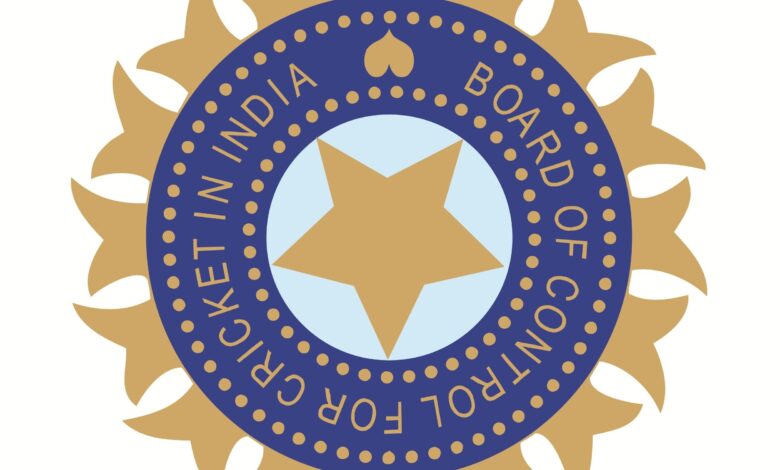BCCI paid Rs 1,159 crore income tax in 2021-22, 37% higher than last year

BCCI paid Rs 1,159 crore income tax in 2021-22, 37% higher than last year
The notable increase in the income tax payment made by the Board of Control for Cricket in India (BCCI) during the fiscal year 2021-22 highlights the organization’s evolving financial landscape. The amount of Rs 1,159 crore paid in income tax during this period signifies a substantial rise of 37 percent compared to the preceding fiscal year.
This increase can be attributed to a combination of factors that have influenced the BCCI’s financial performance. Potential reasons for this significant uptick in income tax payment include:
1. Revenue Growth: One of the primary drivers behind the higher income tax payment could be an increase in the BCCI’s revenue during the fiscal year. This might stem from successful cricket events, tournaments, leagues, broadcasting rights, sponsorships, and other commercial ventures associated with the sport.
2. Improved Financial Performance: The BCCI may have experienced improved overall financial performance in terms of revenues generated from its various activities. This could result from effective management, successful marketing strategies, and growing popularity of cricket in India.
3. Structural Changes: Changes in the BCCI’s financial structure or accounting practices could have led to a different distribution of income, potentially increasing the taxable amount.

4. Enhanced Transparency: The BCCI might have adopted more transparent financial practices, which could result in a more accurate reflection of its income, leading to a higher taxable amount.
5. Regulatory Changes: Changes in tax laws or regulations could impact how the BCCI’s income is assessed and taxed.
6. New Revenue Streams: The BCCI might have explored and successfully capitalized on new revenue streams or business opportunities that contributed to its increased income.
7. Successful Commercial Partnerships:The organization’s partnerships with sponsors, broadcasters, and advertisers might have yielded higher returns during the fiscal year.
In addition to revealing the income tax payment, the Minister of State for Finance also shared details about the BCCI’s income and expenditures over the past five years. This information likely includes details about the organization’s revenue sources, expenses, and overall financial performance during this period.

The rise in the BCCI’s income tax payment could be attributed to various factors, including increased revenue from broadcasting rights, sponsorships, and other commercial ventures associated with cricket events in India. It’s also possible that changes in the organization’s financial strategies or structures contributed to the higher taxable income.
Overall, this financial update highlights the BCCI’s significant financial contribution to the government’s revenue through income tax payments and reflects the organization’s economic influence as a major player in the Indian sports industry.
Over a span of several financial years, the Board of Control for Cricket in India (BCCI) has made varying income tax payments, reflecting fluctuations in its financial performance. In the fiscal year 2020-21, the BCCI’s income tax payment amounted to Rs 844.92 crore, which was lower than the previous year’s payment of Rs 882.29 crore. In the financial year 2018-19, the board paid a higher income tax of Rs 815.08 crore, in contrast to the Rs 596.63 crore paid in 2017-18.
In the recent fiscal year 2021-22, the BCCI achieved a revenue of Rs 7,606 crore. This substantial revenue indicates the organization’s continued success in leveraging its cricket-related activities, including broadcasting rights, sponsorships, and commercial partnerships. This revenue has likely been generated through various cricket tournaments, leagues, and events organized by the BCCI.
The expenditure for the same fiscal year amounted to nearly Rs 3,064 crore. This figure includes the costs associated with organizing cricket events, player salaries, administrative expenses, infrastructure development, and other operational costs. The expenditure amount gives insights into the financial responsibilities and commitments of the BCCI in conducting its cricket-related activities efficiently.
The revenue-to-expenditure ratio indicates that the BCCI’s financial operations have been managed in a way that generates a surplus, which can be reinvested into the development of cricket infrastructure, grassroots initiatives, and other activities aimed at promoting and enhancing the sport in India.
The financial data presented underscores the BCCI’s prominent role in the Indian sports landscape and its significant contributions to the country’s economy. The fluctuations in income tax payments highlight the organization’s dynamic financial performance, which can be influenced by various factors such as the success of cricket tournaments, sponsorship deals, and the overall economic environment.
In summary, the BCCI’s financial results over the years demonstrate its ability to generate substantial revenue through cricket-related activities while managing its expenditures effectively. The organization’s financial performance reflects its pivotal role in the growth and development of cricket in India.




